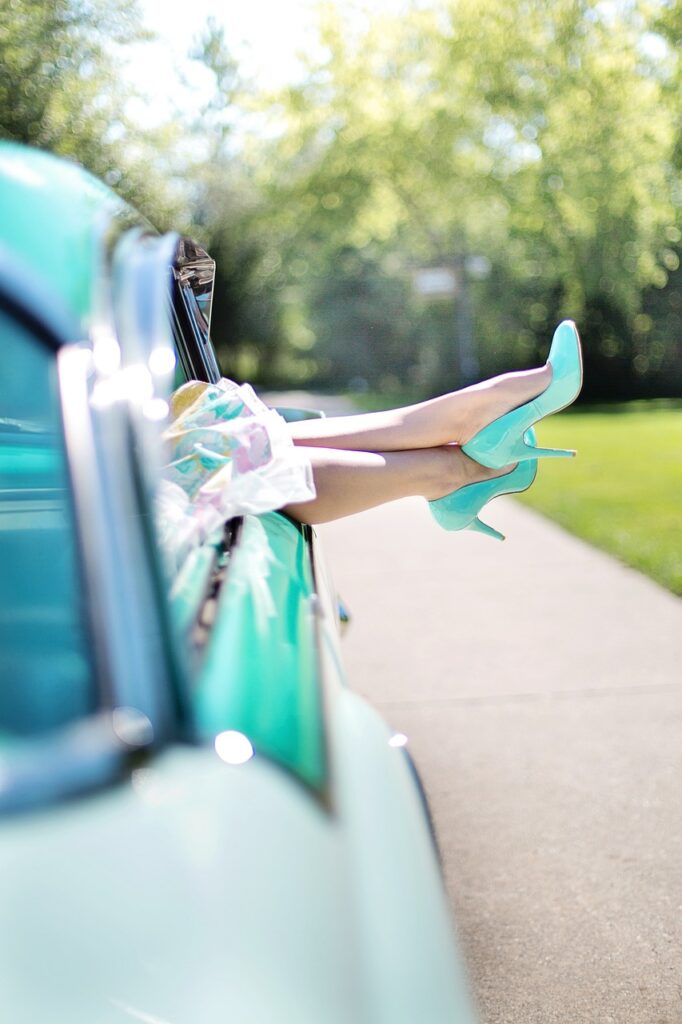So you know how there’s casual wear, you know, those comfy jeans and t-shirts we all love? Well, have you ever wondered what the complete opposite of casual wear would be? Like, what’s the exact opposite of laid-back, relaxed outfits that make you feel like you’re just chilling? In this article, I’m going to explore that very question and uncover what could possibly be the polar opposite of casual wear. Trust me, it’s not what you might expect!
The Concept of Formal Wear
Formal wear is a term often used to describe attire worn for special occasions or events that require a certain level of sophistication and elegance. It is essentially the opposite of casual wear, which is typically more relaxed and informal. Formal wear is characterized by its refined and polished appearance, reflecting a sense of style and grace. Whether it’s a black tie affair or a business event, wearing formal attire is a way to show respect for the occasion and present oneself in a dignified manner.
Definition of formal wear
Formal wear can be defined as a type of clothing that is specifically designed for formal occasions. It is typically more structured and tailored than everyday clothes, with an emphasis on presenting a sophisticated image. Formal wear often includes pieces such as tuxedos, evening gowns, and suits, which are reserved for special events that require a certain level of formality.
Characteristics of formal wear
Several characteristics set formal wear apart from casual attire. Firstly, formal wear tends to be more conservative and modest, with a focus on classic and timeless designs. It often incorporates luxurious fabrics such as silk, satin, and velvet, which add to its elegant and refined appearance. Formal wear also often features intricate details, such as embellishments, lace, or embroidery, enhancing its overall aesthetic. Additionally, formal wear is typically tailored to fit well, ensuring a sleek and polished look that exudes confidence and sophistication.
Types of Formal Wear
There are various types of formal wear, each suited for specific occasions and dress codes. Understanding the different types can help individuals choose the appropriate attire for various events.
Black tie
Black tie attire is considered the standard for formal events such as weddings, galas, and evening parties. For men, this typically includes a black tuxedo, a formal white dress shirt, a black bowtie, and polished black shoes. Women often opt for elegant evening gowns or sophisticated cocktail dresses. The black tie dress code represents a certain level of elegance and sophistication, showcasing a refined and polished appearance.
White tie
White tie attire is the epitome of formal dress codes, reserved for the most extravagant and prestigious events. This type of formal wear is most commonly seen at high-profile galas, state ceremonies, and royal affairs. For men, white tie attire involves a black tailcoat, formal white dress shirt, white bowtie, and black patent leather shoes. Women typically wear long, floor-length evening gowns and may opt for gloves and elaborate hairstyles. White tie dress code emphasizes the highest level of formality and is associated with utmost elegance and grandeur.
Business formal
Business formal attire, also known as professional attire, is typically worn in formal corporate settings or professional events. This dress code aims to convey a sense of professionalism and respect in a business environment. For men, it usually includes a tailored suit, a dress shirt, a conservative tie, and leather dress shoes. Women are expected to wear professional suits or formal dresses with modest hemlines. Business formal attire strikes a balance between formality and professionalism, allowing individuals to maintain a polished and authoritative appearance in a corporate setting.
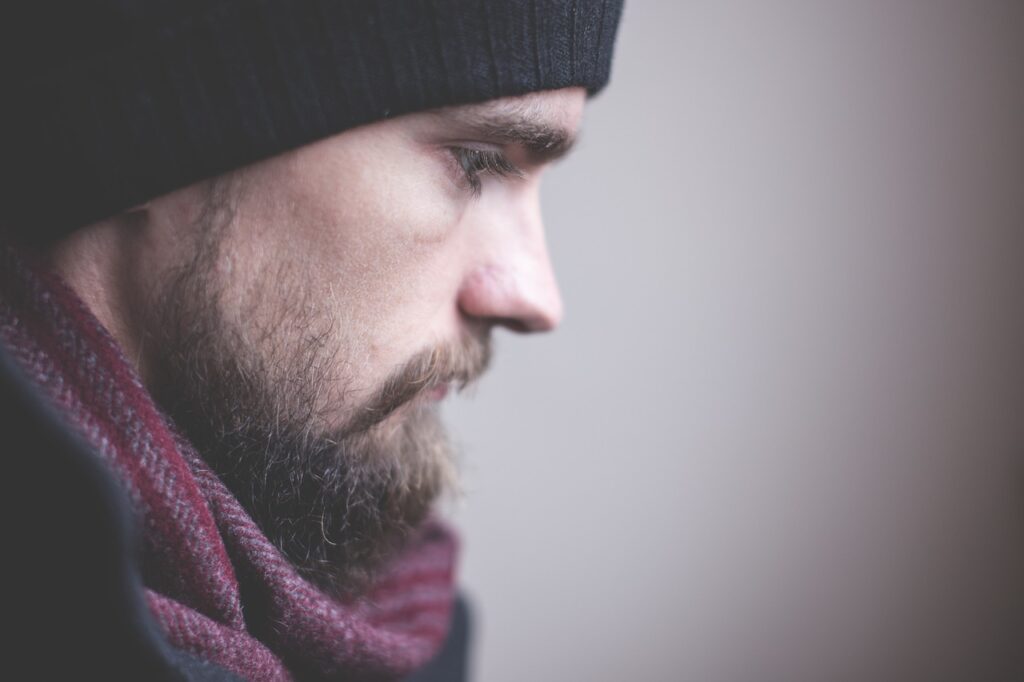
Dress Codes for Formal Wear
Understanding the specific dress codes associated with formal wear is essential for dressing appropriately for various occasions.
Black tie dress code
The black tie dress code requires a certain level of elegance and sophistication. For men, it entails wearing a black tuxedo jacket, matching trousers, a formal white dress shirt, and a black bowtie. Optional additions may include a waistcoat or cummerbund. Black patent leather shoes complete the look. Women have more flexibility in their attire and can choose to wear either an evening gown or a chic cocktail dress. It is important to note that black tie dress code may have specific variations depending on the event, so checking the invitation or event guidelines is crucial.
White tie dress code
The white tie dress code is the most formal and strict dress code. For men, it requires a black tailcoat, formal white dress shirt with a wingtip collar, white bowtie, black formal trousers, and black patent leather shoes. Women are expected to wear floor-length evening gowns with elaborate details and accessories. Gloves, extravagant jewelry, and updos are often seen in white tie attire. It is crucial to adhere to the strict guidelines of the white tie dress code to showcase the utmost respect and adherence to tradition.
Business formal dress code
The business formal dress code is commonly seen in professional settings and events. Men are expected to wear a well-tailored suit with a dress shirt, tie, and dress shoes. Conservative colors such as black, navy, or gray are preferred. Women have the option of wearing a tailored suit or a formal dress. Hemlines should be modest, and colors should be neutral or understated. It is important to project a professional and polished image in business formal attire, reflecting competence and authority within the corporate world.
Occasions for Formal Wear
Formal wear is typically reserved for special occasions that call for a more sophisticated and polished appearance. Some of the most common occasions where formal wear is appropriate include weddings, galas and balls, and business events.
Weddings
Weddings are one of the most popular occasions where formal wear is expected. Whether it’s a traditional church wedding or a glamorous black-tie affair, dressing appropriately for the occasion is essential. For men, this usually means wearing a black tuxedo or a well-tailored suit with a tie. Women have more flexibility and can choose between an elegant evening gown or a chic cocktail dress. The choice of formal wear for a wedding may vary depending on the theme, location, and cultural traditions.
Galas and balls
Galas and balls are often associated with high society and prestigious events. These occasions demand the utmost formality in attire. Men are expected to wear black tie attire, with a tuxedo being the preferred choice. Women have the opportunity to showcase their style and elegance with glamorous evening gowns or sophisticated cocktail dresses. Galas and balls provide a platform for individuals to embrace the grandeur of formal wear and indulge in luxurious fabrics, intricate designs, and exquisite accessories.
Business events
Formal wear is also commonly seen in business events, such as conferences, industry conventions, and networking dinners. Business professionals often opt for business formal attire, which includes tailored suits and professional dresses. The purpose of dressing formally in a business setting is to project a sense of professionalism, competence, and respect for the event and its participants. Looking sharp and put-together allows individuals to make a lasting impression and establish credibility in the corporate world.
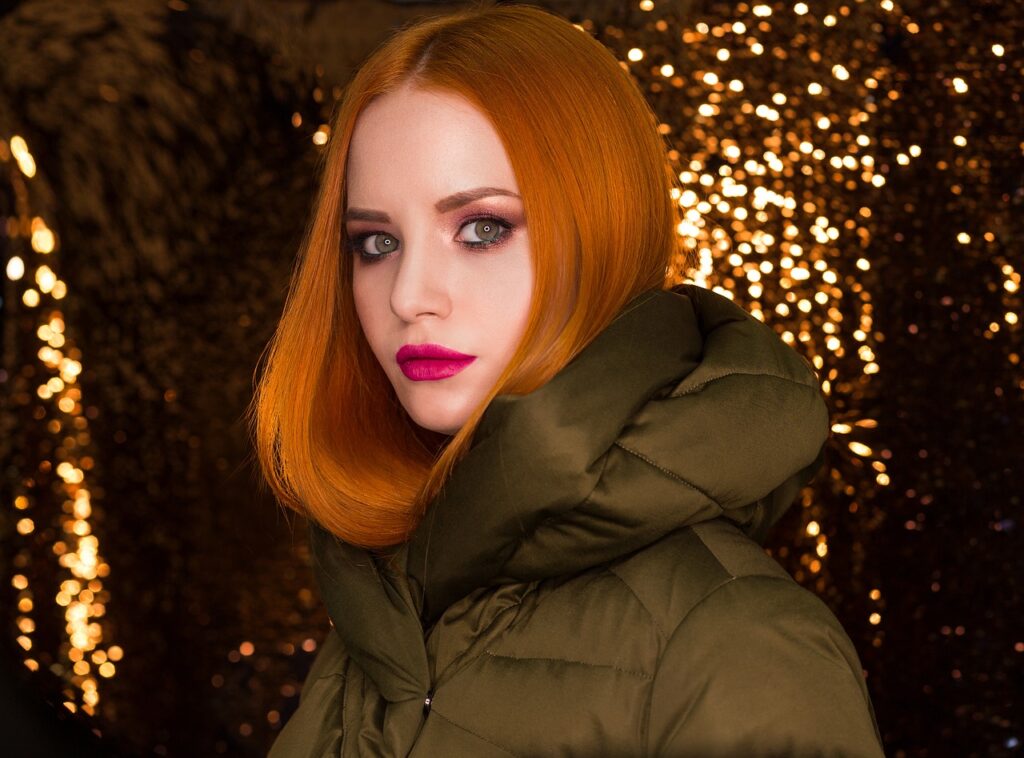
The Significance of Formal Wear
Formal wear holds great significance in various aspects of life, from personal image and impression to protocol and etiquette.
Impression and image
The way we dress has a significant impact on the impression we make on others. Formal wear allows individuals to project an image of elegance, sophistication, and professionalism. Whether attending a high-profile event or representing a company at a business meeting, dressing formally helps create a positive impression and convey a sense of respect for the occasion and its participants. The attention to detail and refined appearance of formal wear can leave a lasting impression and open doors to new opportunities.
Protocol and etiquette
Formal wear is deeply rooted in protocol and etiquette. Certain occasions and events have set dress codes that must be followed as a sign of respect and adherence to tradition. Wearing appropriate formal attire demonstrates an understanding and appreciation for these protocols. It is considered good etiquette to dress in a manner that aligns with the overall formality and nature of the event. By adhering to dress codes, individuals contribute to the overall atmosphere and ambiance of the occasion, ensuring everyone feels comfortable and respected.
Formal Wear for Men
Men have several options when it comes to formal wear, each with its own unique characteristics and styles.
Tuxedos
Tuxedos are the epitome of formal wear for men. They are typically worn for black tie events and offer a timeless and elegant look. A traditional tuxedo consists of a black jacket with satin lapels, matching trousers, a formal white dress shirt, a black bowtie, and black patent leather shoes. Tuxedos may have slight variations in lapel styles or accessories, allowing individuals to add their own personal touches. The sleek silhouette and impeccable tailoring of a tuxedo exude a sense of confidence and sophistication.
Suits
Suits are a versatile option for formal wear, suitable for various occasions ranging from business events to weddings. A well-fitted suit consists of matching trousers and a jacket, often in classic colors such as black, navy, or gray. It is typically worn with a formal dress shirt, a tie, and dress shoes. Suits provide a more conservative and professional look while still maintaining a formal appearance. The choice of fabric, color, and accessories can add personality and style to a suit, allowing individuals to showcase their fashion sensibilities.
Accessories
Accessories play a crucial role in completing a formal look for men. From cufflinks and tie pins to pocket squares and formal shoes, these details elevate the overall appearance and add a touch of class to an outfit. Matching the accessories to the color scheme and style of the formal wear is essential for a cohesive and well-polished look. Accessories allow men to add a personal touch to their formal attire, showcasing their attention to detail and sense of style.
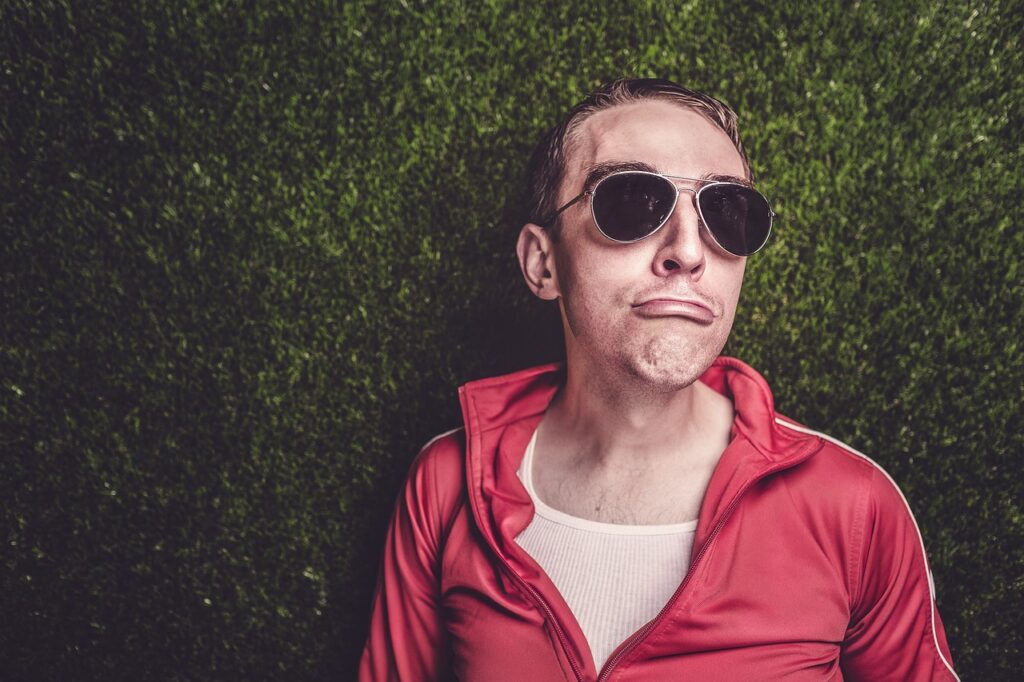
Formal Wear for Women
Women have a wide range of options when it comes to formal wear, offering flexibility and creativity in their choices.
Evening gowns
Evening gowns are a classic choice for formal occasions. They usually feature floor-length skirts and can come in a variety of styles and designs. From sleek and form-fitting to voluminous and dramatic, evening gowns allow women to showcase their personal style and elegance. Fabrics such as silk, satin, and chiffon are commonly used, and embellishments like sequins, beads, or lace add a touch of glamour. The choice of colors and silhouettes can vary based on personal preference and the nature of the event.
Cocktail dresses
Cocktail dresses offer a slightly less formal alternative to evening gowns, often worn for semi-formal or cocktail events. They are typically knee-length or slightly above the knee and come in a variety of styles, fabrics, and colors. Cocktail dresses allow for more versatility and can range from classic and elegant to bold and playful. They are a popular choice for weddings, parties, and social events where a sophisticated yet less formal look is desired.
Accessories
Accessories play a key role in enhancing the overall look of formal wear for women. From statement jewelry and elegant clutches to stylish heels and hair accessories, these details complete the outfit and add personality. The choice of accessories should complement the style and color of the formal wear, adding a touch of sophistication and glamour. Accessories allow women to express their individuality and create a cohesive and eye-catching ensemble.
Formal Wear Variations in Different Cultures
Formal wear varies significantly across different cultures, showcasing unique traditions, styles, and influences.
Traditional formal wear
Traditional formal wear reflects the cultural heritage and customs of a particular region or country. For example, in certain Asian cultures, formal wear may include traditional garments such as a kimono in Japan or a cheongsam in China. These garments are often made of luxurious fabrics and feature intricate embroidery or patterns that hold cultural significance. Traditional formal wear allows individuals to honor their heritage and showcase the rich history and artistry of their culture.
Cultural influences on attire
Cultural influences play a significant role in shaping formal wear styles and designs. Different regions and countries have their own distinctive fashion influences, which are often reflected in formal attire. For example, European formal wear tends to be more classic and elegant, with a focus on tailored suits and evening gowns. On the other hand, Middle Eastern formal wear often features intricate details, vibrant colors, and flowing fabrics, showcasing a sense of opulence and luxury. Cultural influences bring diversity and richness to formal wear, allowing individuals to embrace their heritage while partaking in formal occasions.
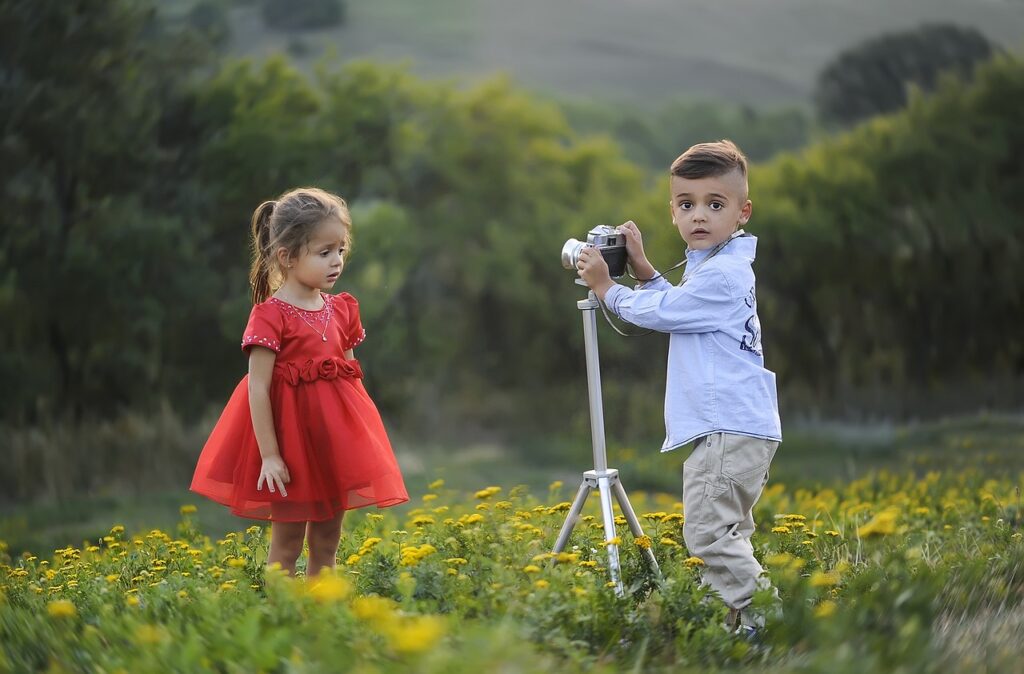
The Role of Formal Wear in the Fashion Industry
Formal wear has a significant role in the fashion industry, serving as a platform for designers to showcase their creativity and craftsmanship.
Designer formal wear
Designer formal wear is a coveted segment within the fashion industry, with renowned designers creating exquisite pieces for special occasions. From haute couture gowns to tailored tuxedos, these designs push the boundaries of creativity and luxury. Designer formal wear often incorporates innovative techniques, unique materials, and avant-garde silhouettes, reflecting the ever-evolving nature of fashion. High-end fashion houses present their formal wear collections on fashion runways, setting trends and influencing the industry as a whole.
Fashion trends for formal events
Formal wear trends change over time, influenced by fashion movements, celebrity culture, and societal shifts. Designers and fashion influencers often set the tone for upcoming trends in formal wear, introducing new styles, colors, and silhouettes. For example, there may be seasons where bold and vibrant colors dominate, while other times focus on minimalism and neutral tones. Trends in formal wear provide individuals with inspiration and options to showcase their personal style while adhering to the formality and elegance required for special occasions.
Breaking Traditions: Modern Interpretations of Formal Wear
While formal wear is often associated with strict dress codes and traditions, modern interpretations offer flexibility and creativity, allowing individuals to express themselves while maintaining a formal appearance.
Casual/formal hybrid
In recent years, there has been a growing trend of blending casual and formal elements to create a more relaxed, yet still polished, look. This casual/formal hybrid style incorporates elements such as pairing a tailored blazer with jeans or combining a dressy top with dress pants. This modern twist allows individuals to feel more comfortable while still adhering to the formality required for certain events. The casual/formal hybrid style is especially popular in less formal business settings or semi-formal occasions.
Modern twists on classic formal wear
Another way formal wear is evolving is through modern twists on classic styles. Designers are incorporating contemporary elements into traditional formal wear, making it more relevant and appealing to a younger generation. For example, a tuxedo may feature unique lapel designs, unconventional materials, or unexpected color combinations. This blending of classic and modern aesthetics allows individuals to showcase their personal style while still respecting the formal nature of the event. Modern twists on formal wear cater to a more fashion-forward and trend-conscious audience, embracing individuality and creativity within formal dress codes.
In conclusion, formal wear encompasses a wide range of attire designed for special occasions that require a sophisticated and elegant appearance. Understanding the different types of formal wear and dress codes is crucial for dressing appropriately for various events. Formal wear holds significance in terms of making a lasting impression, adhering to protocol and etiquette, and reflecting personal style and cultural traditions. Whether it’s a black tie wedding or a business event, formal wear allows individuals to express their sense of style and embrace the elegance and refinement that comes with these occasions. As fashion continues to evolve, so does formal wear, with modern interpretations offering flexibility and creativity to suit the ever-changing tastes and preferences of individuals.
